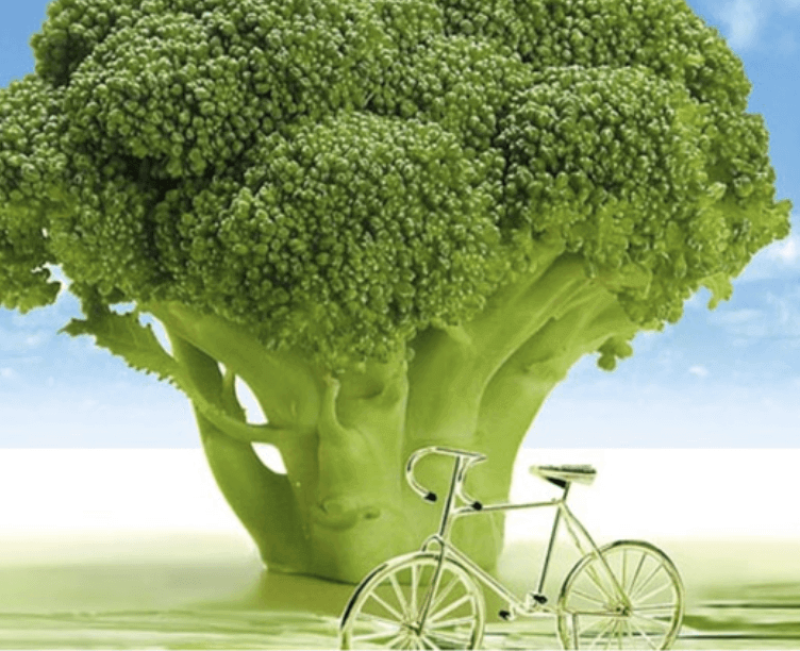Potato blight sparked the Irish famine in the 19th century, causing a million people to starve to death and another million migrants to flee. European farmers now keep the fungus in check by using pesticides. However, in regions without access to chemical sprays, it continues to wipe out enough potatoes to feed hundreds of millions of people every year.
‘Potato blight is still a problem,’ said [professor Sophien Kamoun of the Sainsbury Laboratory in Norwich, UK]. ‘In Europe, we use 12 chemical sprays per season to manage the pathogen that causes blight, but other parts of the world cannot afford this.’
…
One of the simplest ways to use CRISPR to improve plants is to remove a gene that makes them vulnerable to infection. This alone can make potatoes more resilient, helping to meet the world’s growing demand for food.
…
Potatoes are not the only food crops that can be improved by CRISPR-Cas. Prof. Kamoun is now working on a project that aims to protect wheat from wheat blast – a fungal disease decimating yields in Bangladesh and spreading in Asia.
Looking ahead, CRISPR will be used to improve the quality and nutritional value of wheat, rice, potatoes and vegetables. It could even be used to remove genes that cause allergic reactions in people with tomato or wheat intolerance.
The GLP aggregated and excerpted this blog/article to reflect the diversity of news, opinion, and analysis. Read full, original post: Can CRISPR feed the world?































